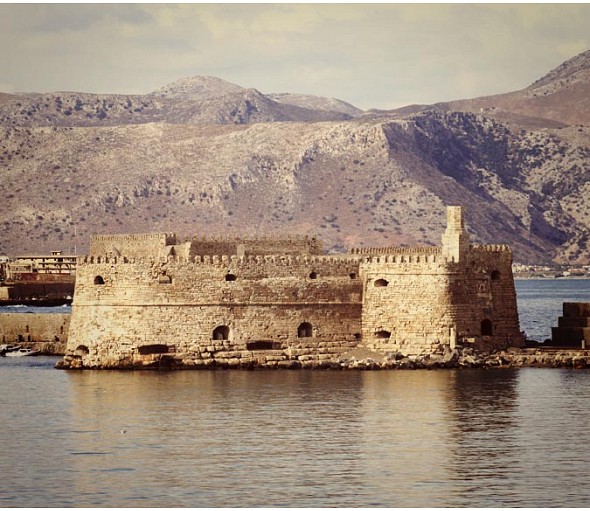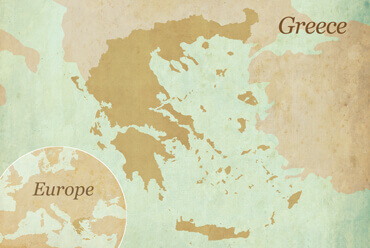- Home »
- Greek «Dad's» spicy mix, from Crete "Sparoza" 1.76oz
- Return to Previous Page
Net Weight
1.76ozGross Weight
3.88oz
Heraklion, Crete, is known for its centuries-old history and iconic natural vistas. Its sharp contrasts in terrain, its magical beaches and their diversity, its clement microclimate, and its archaeological treasures of worldwide fame compose Heraklion’s magnificent profile. All of the area of Heraklion is known for its one-of-a-kind landscapes: Rocky mountains dotted with caves and caverns, ravines and precipices, narrow trails and passes, tranquil beaches with crystal-clear waters, and a wilderness which is the habitat of rare flora and fauna. The history of the area begins in Greek Mythology with the birth of Zeus and continues with the development of the Minoan civilization which stamped the history of Crete as well as that of Europe’s. The Byzantine period follows, with Christianity spreading throughout the area. Venetian rule comes next, a historical period during which Heraklion rises to prominence becoming an economic power and a cultural hub, only to be followed by Turkish rule which lasts until 1898 when the island of Crete was liberated.Heraklion is the capital of Crete and the island’s largest city in southern Greece. It is Greece’s fourth largest city and has one of the most significant ports in the Mediterranean.
Since ancient times, Crete has been linked to the most evocative legends. The names of King Minos, of Ariadne, and of the Minotaur unravel through an endless yarn of myths. In all likelihood, Heraklion was named after Idaean Heracles, the mythical founder of the Olympic Games. The history of the area begins in Greek Mythology with the birth of Zeus and continues with the development of the Minoan civilization which stamped the history of Crete as well as that of Europe’s. The Byzantine period follows with Christianity spreading throughout the area. Venetian rule comes next, a historical period (1204–1669) during which Heraklion rises to prominence becoming an economic power and a cultural hub. Venetian rule is succeeded by Turkish rule which lasts until 1898 when the island of Crete was liberated. In 1898, Heraklion becomes part of the newly established Cretan State which, in turn, was annexed to Greece in 1913. Heraklion, Crete is known for its centuries-old history and iconic natural vistas. Its sharp contrasts in terrain, its magical beaches and their diversity, its clement microclimate, and its archaeological treasures of worldwide fame compose Heraklion’s magnificent profile. All of the area of Heraklion is known for its one-of-a-kind landscapes: rocky mountains dotted with caves and caverns, steep ravines and drops, narrow trails and passes, and tranquil beaches with crystal-clear waters never fail to captivate visitors. The wide diversity in flora and fauna on the island make for a varied Cretan fare of outstanding goods. Just like the rest of Crete, Heraklion is a blessed land where, the diversity in terroir, encourages various goods to thrive, showcasing those products’ sensory characteristics. Genuine flavors and wholesome local products compose the renowned Cretan Diet whose high nutritional value has rightfully earned it top ranking.


















